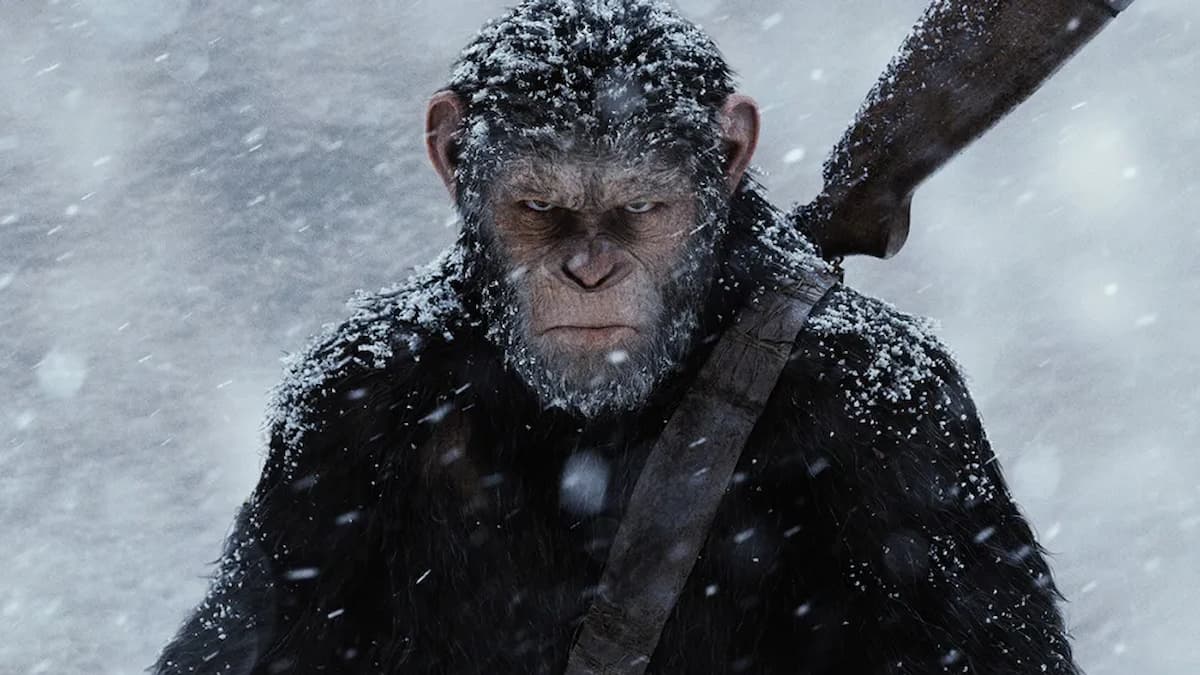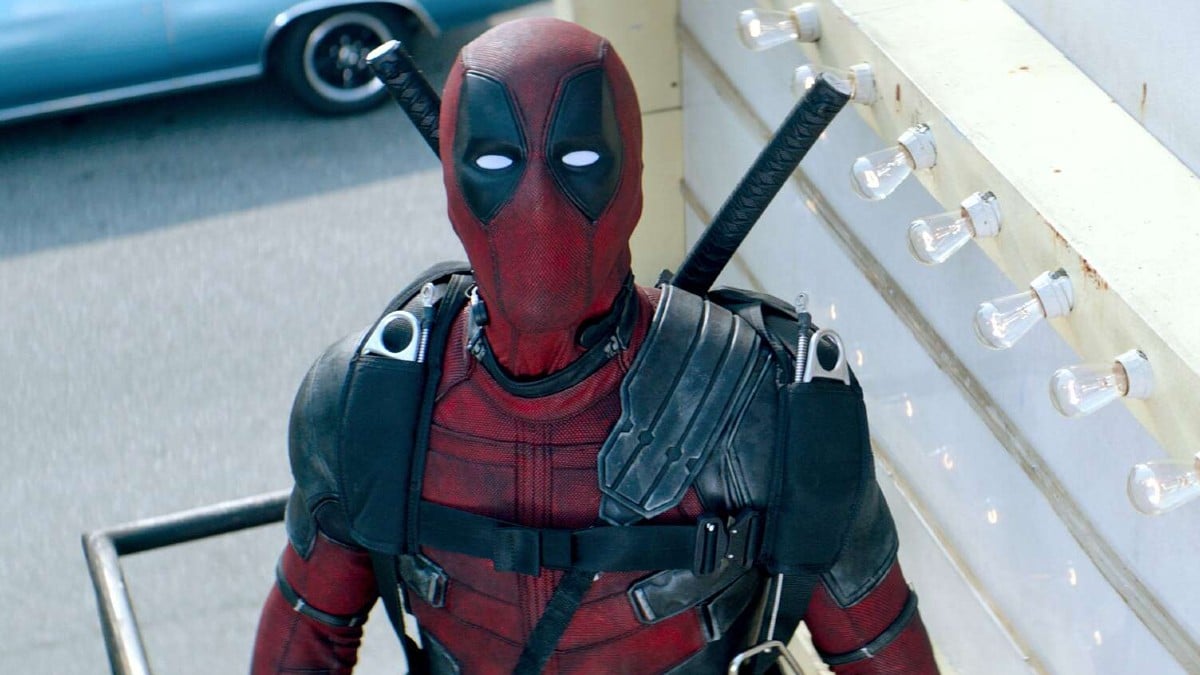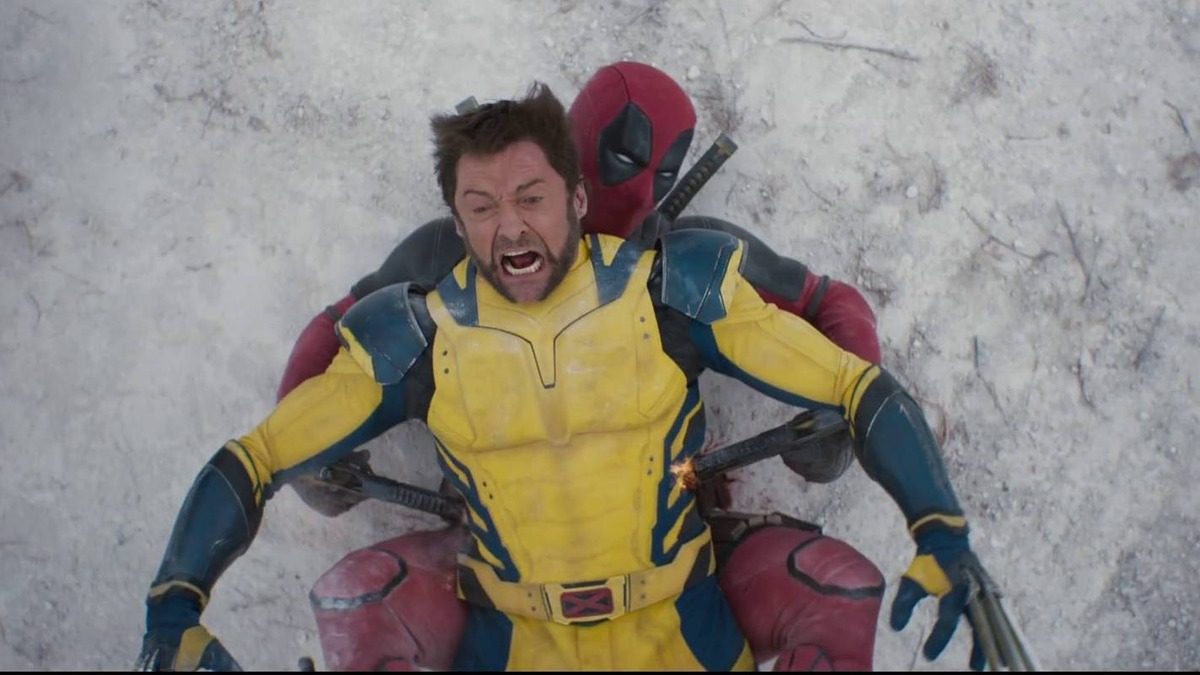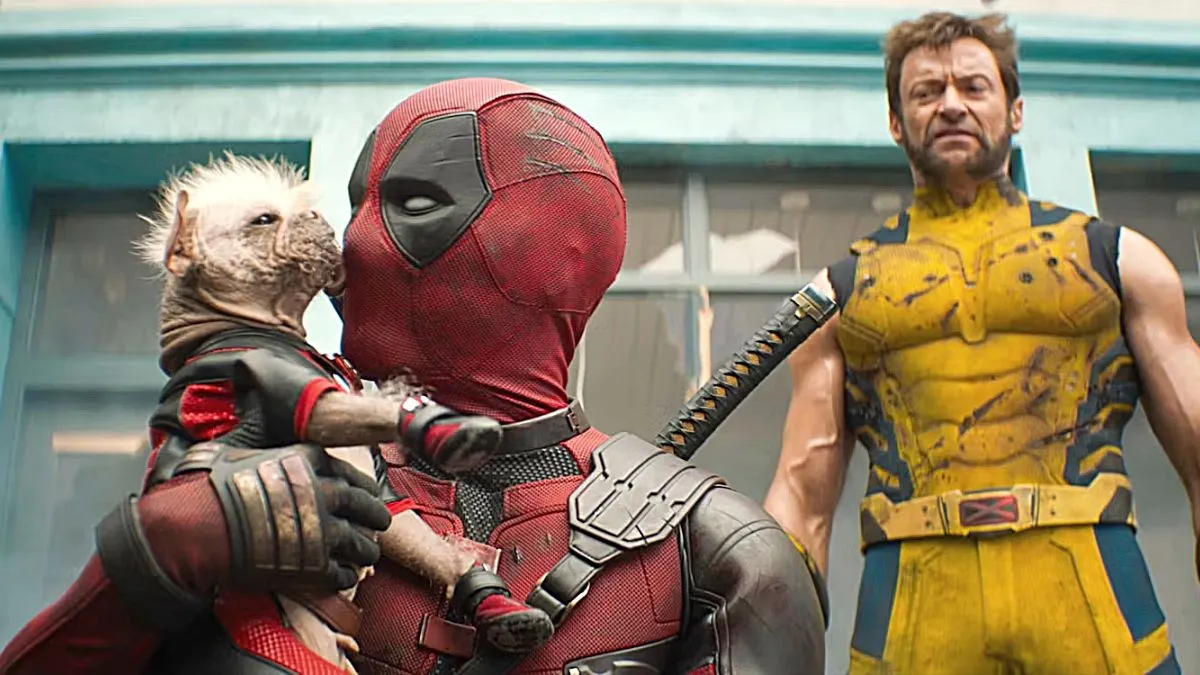
Producing a black and white silent film in an age of 3D extravaganzas might seem kinda crazy, but The Artist proves itself to be the perfect antidote to Hollywood artifice and much more than just its initial gimmick.
Writer/director Michel Hazanavicius cleverly uses the format as the film’s subject as well as the mode for communicating the story, creating an excellent, erudite and wholly exhilarating movie experience that will surely be a big contender come awards season.
The Artist comes from the same team behind the cute but slight OSS 117 films, which boast near perfect recreations of the spy movies of the late sixties. Here the same care is applied in reproducing the feel of the silent film era.
The film was shot in the old school 1:33 ratio (the almost-square dimensions that inspired the shape of original TV screens) at 22 frames per second (instead of the customary 24) and meticulously uses Cinematographer Guillaume Schiffman’s luscious black and white photography and Ludovic Bource’s terrific score to recreate both the look and overall spirit of the era in a way that offers more than just adept novelty or pastiche.
The story follows George Valentin (Clark Gable look-alike Jean Dujardin), a 1920s-era silent film superstar (think Douglas Fairbanks) at the top of his game. On the opening night of his latest film he has a chance meeting with Peppy Miller (Bérénice Bejo), a fan and aspiring actress. Valentin quickly becomes infatuated with this young woman who accidentally entrances a crowd of photographers and onlookers.
Peppy eventually finds herself auditioning for Valentin’s next picture, and after getting the part, the two are reacquainted, leading to a couple of the most charming sequences in the film that also perfectly illustrate Hazanavicius’ clear love and understanding for that era’s mode of storytelling.
Identities concealed by a passing scrim, Valentin on one side and Peppy on the other, they’re only visible to one another from the waist down. A back-and-forth playful game of tap-dancing/innocent flirtation occurs. After realizing who the other is, they head off to shoot a scene together (Peppy is a glorified extra to Valentin’s star) and there’s yet another brilliant implementation of silent film constructs involving multiple takes.
Eventually Peppy begins her rise to the top of the Hollywood studio system (we’re shown this through a clever montage of escalating credit rolls) while at the same time, Valentin fades into the background as he refuses to make the transition to “talkies” even as the movie audiences make it clear that silent film is dead.
As he continues to cling to his comfort zone, sinking all of his cash into making the ultimate silent adventure film, Valentin begins to lose everything and it falls to Peppy to save him from himself, whether he wants it or not.
Both lead actors shine in their roles using pitch perfect physicality to instantly evoke the mannerisms and styling of classic Hollywood stars. Handsome Dujardin exudes magnetic charm and is able to convey palpable emotions with a simple glance (not to mention a saucy cocked eyebrow and smile that will melt your heart).
Bejo (who also starred in OSS117 and is the wife of Hazanavicius), brings energy and spark to her character using only her impressively expressive eyes, batty eyelashes, and outsized body language.
Familiar faces John Goodman, James Cromwell, and Penelope Ann Miller all add nicely to the proceedings in their supporting roles, managing to add credibility while at the same time not outshining their lesser known (to us anyway) co-stars. It should also be noted that Goodman is especially skilled at subtly annunciating his lines, which is helpful when you’re watching a silent movie that doesn’t provide dialogue cards for every moment in the scene.
The Artist is apparently Hazanavicius’ dream project and it’s truly inspiring to see a filmmaker take such a big risk in this day and age: especially when it pays off so big.
Of course cinephiles will flock to see a film that tests the boundaries of modern entertainment but will a more general audience? Let’s hope so. The Artist is a movie that deserves to be seen and appreciated by everyone.







